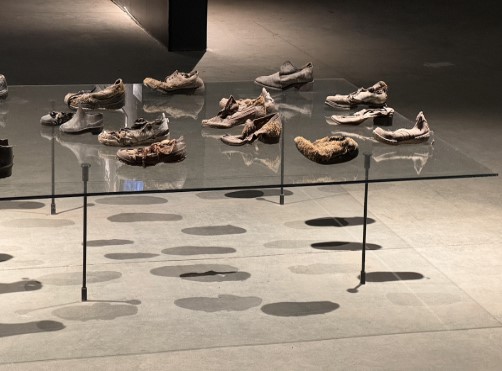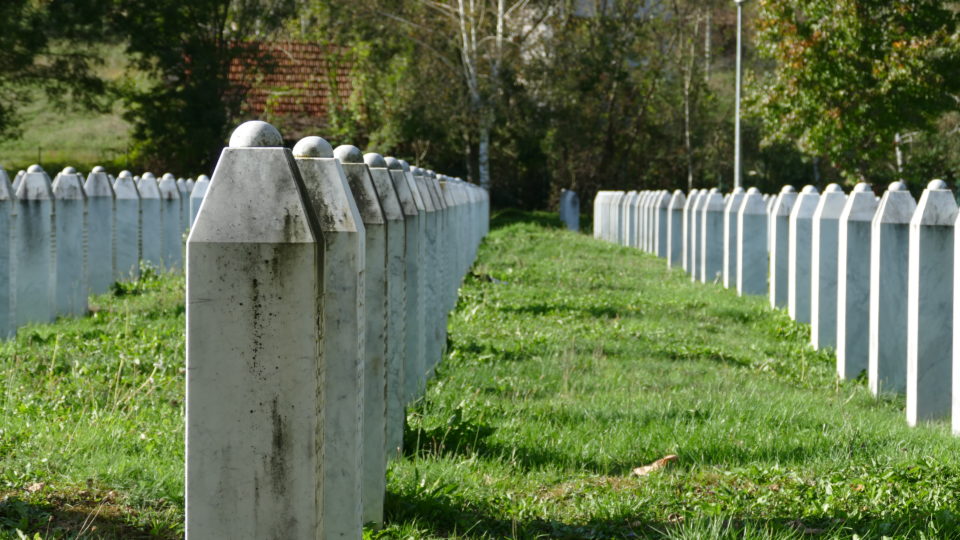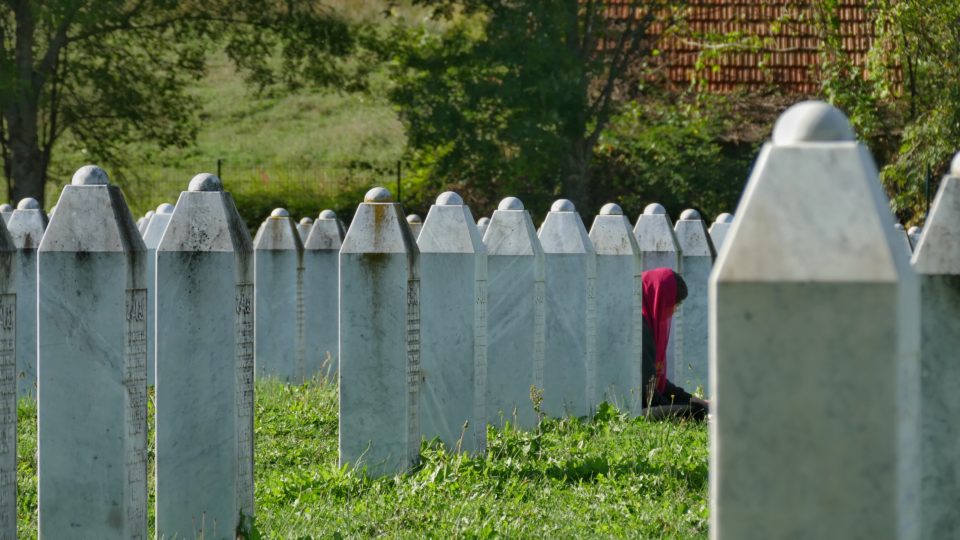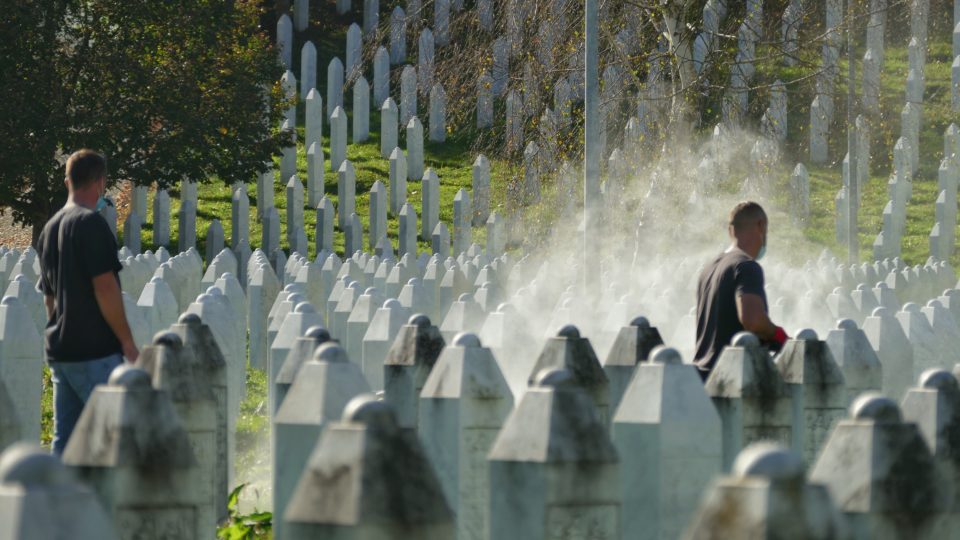
On the 9th of October, we had the privilege of touring the Srebrenica Memorial Centre and Cemetary where we were not only able to further educate ourselves on the Srebrenica genocide, but also hear a second-hand account from a son of one of the survivors of the genocide, Arnel Sandžić.
The memorial centre used to be the United Nations base in Potocari, where Dutchbat of the United Nations Protection Force (UNPROFOR) was stationed. Here, Sandžić first started off by setting the scene of Srebrenica, the refugees from the surrounding towns, the observation points (OPs) of Dutchbat, and the Army of Republika Srpska (VRS) with the help of the exhibition “Footsteps of Those Who Did (Not) Cross”.

The documentary was the second part of our visit, displaying the testimonials of survivors of the genocide and family members, as well as showcasing video footage taken by the Serb Army, prior and during mass executions. Moreover, the documentary presented a clear sequence of key events that occurred before the escalation that took place in Srebrenica, including the UN Security Council Resolution (S/RES/819) drafted in 1993, demanding that Srebrenica and the surrounding areas be treated as a “safe area”.
The exhibition titled ‘The Failure of the International Community’ was the third part of our experience at the Centre. For some, this was the most tragic part of the visit; reading the derogatory graffiti of both Serb soldiers and the Dutch peacekeepers towards Bosnians, and the documented hesitation and inaction of the international community. It was very disheartening to see not only the helplessness of those who would be murdered, but also the peacekeepers who were paralyzed by the bureaucracy of the United Nations. The exhibit follows the timeline of the genocide across 26 rooms, starting with the abandonment of the Dutch OPs and the overtaking of Srebrenica led by General Mladic. Furthermore, videos of the 15,000 Bosniak men on the “Death March” from Susnjari and Jaglic through the forests were presented. Less than one-third of these men would survive. Back at Potocari, VRS soldiers quickly overtook the base which housed 26,000 people and started separating men from the women, children and elderly. The women, children, and elderly were deported to Kladanj, while about 8,000 men were to be executed over the following days.
To conclude, our group visited the cemetery of the Potočari Memorial Center where the scale of the atrocity was made apparent. The cemetery hosts the names of the 8372 victims of the genocide and their memorial stones. Some rows were not completed signaling that some families are still looking for the bodies of their beloved.





